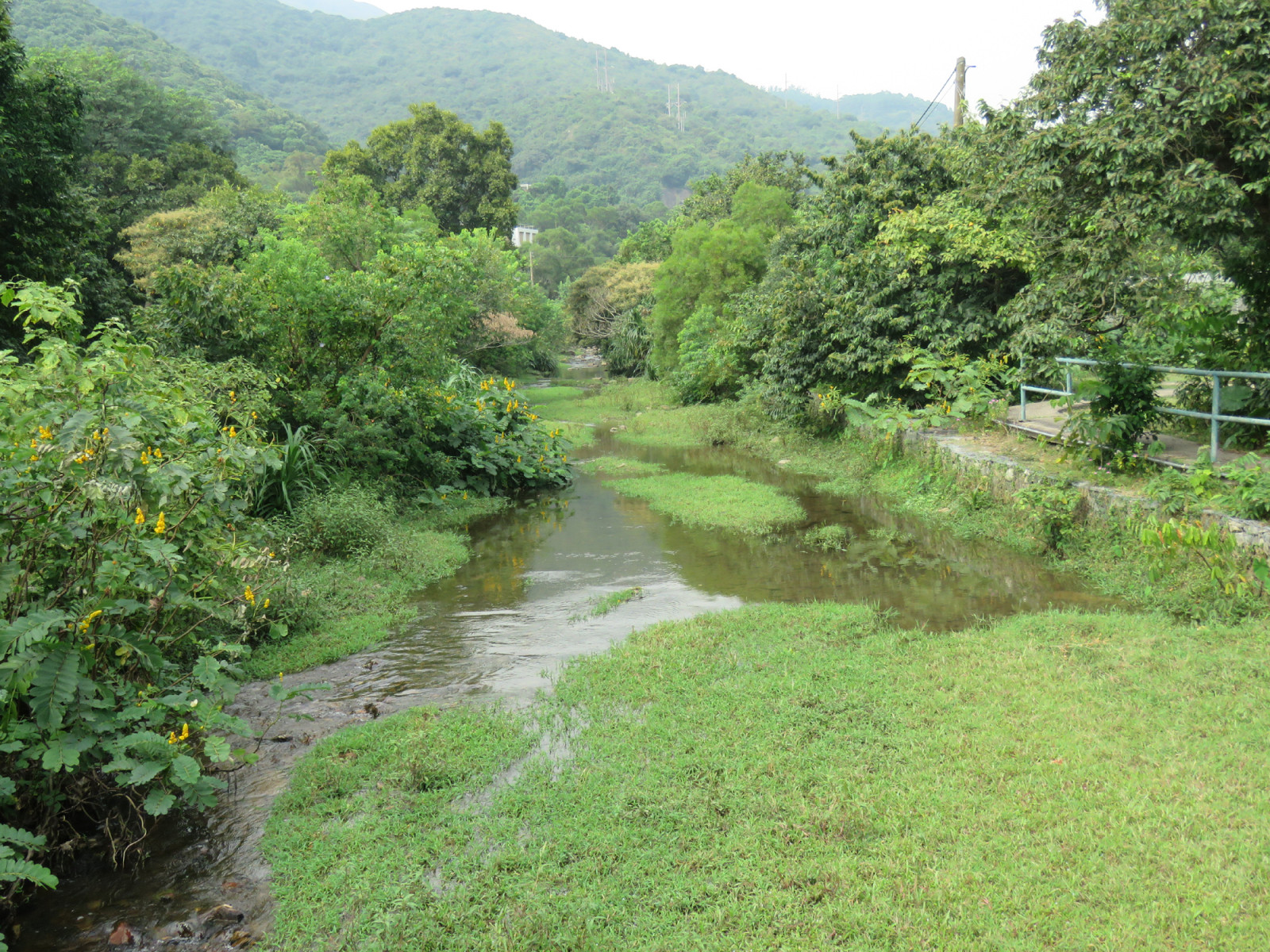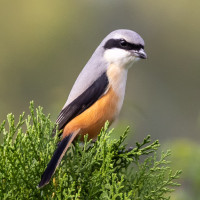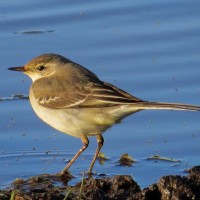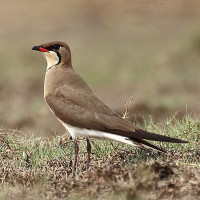Opis
Pui O is a bay shaped by the Chi Ma Wan Peninsula and the lower slopes of Sunset Peak. A main river from a valley to the east and other small river gather at Pui O forming an estuary of wetland. The area has beach, mangroves, a river mouth and mudflats. Good site for waders, pipits, wagtails, herons and all kinds of northern migrants in winter. Birds you can observe include Black-crowned Night Heron, Wood Sandpiper, Whimbrel, Eastern Yellow Wagtail, Kentish Plover, Common Snipe, Oriental Pratincole, Medium Egret, Eastern Reef Egret, White-throated Kingfisher, Black-capped Kingfisher, Black Drongo, Red-billed Blue-Magpie and Long-tailed Shrike.
Szczegóły
Dostęp
Pui O is located on Lantau Island in Hong Kong. From the MTR Tung Chung Station Exit B, take bus 3M at Tung Chung Station Bus Terminus. Alight at the Lo Uk Tsuen stop and walk across South Lantau Road. Both paths next to Bui O Public School lead to Pui O Beach. Alternatively, you can also take a ferry from Central Pier No. 6 to Mui Wo. The bus terminus is just in front of Mui Wo Ferry Pier. Take bus 1, 2, 3M or 4 and alight at Lo Uk Tsuen stop.




